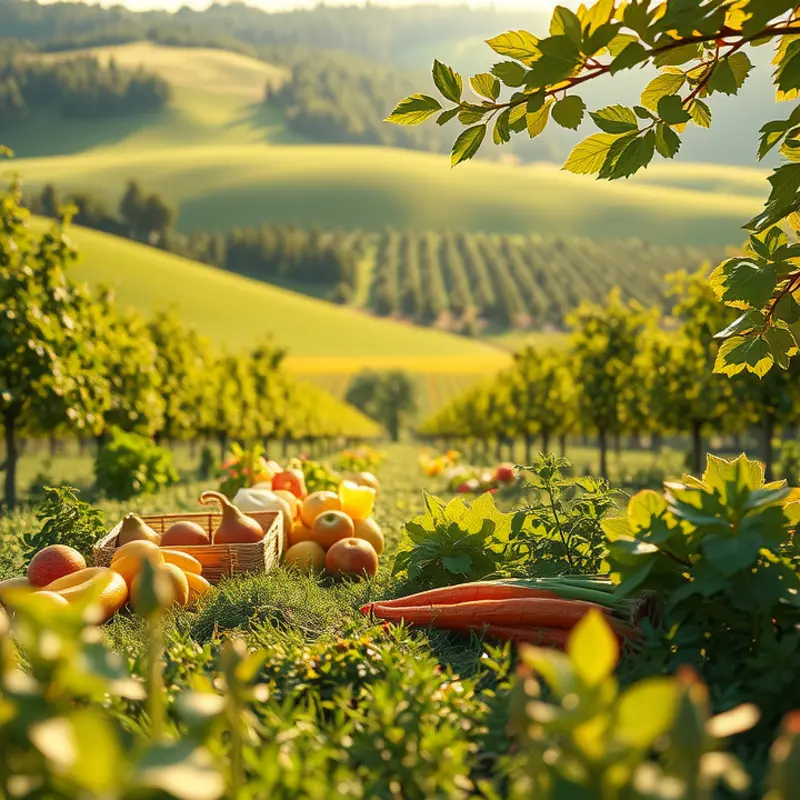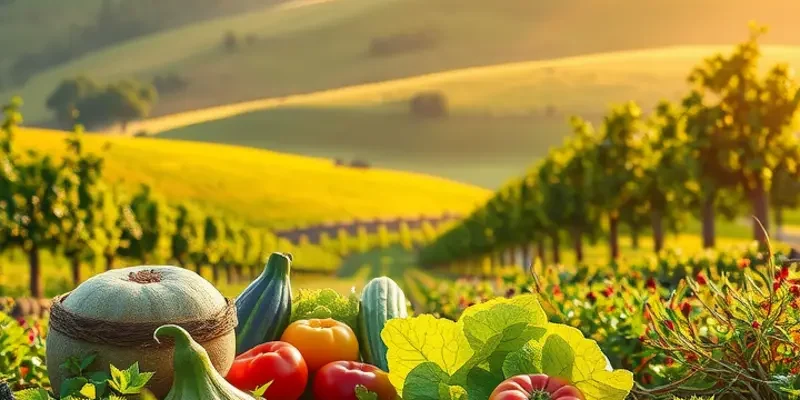Exploring the culinary customs of pilgrims takes us on a flavorful journey across continents and cultures. Food has always been a central part of pilgrimages, serving not just as fuel for the body, but as a means of bonding, sharing rituals, and celebrating one’s faith. From the hearty stews of medieval pilgrimages to the fine delicacies offered at modern-day shrines, each dish tells a story, weaving history with flavors that resonate with devotion. Let’s delve into the unique culinary practices inspired by those who traverse the earth in search of spiritual fulfillment.
Sacred Ingredients: The Food of Faith

Pilgrimages transcend the physical journey, intertwining spiritual reflection with communal experiences. At their heart lies food, a profound link between the tangible and the divine. Pilgrims across the globe celebrate the sacred nature of the journey through unique culinary customs, where traditional dishes and sacred ingredients symbolize their faith and strengthen community bonds.
In France, the pilgrimage to Santiago de Compostela leaves an indelible mark on both soul and palate. The Coquilles Saint-Jacques, or scallops, are iconic along the route. This dish is not mere sustenance; it embodies the very symbol of the pilgrimage—St. James himself is represented by the scallop shell. Pilgrims consume these delicacies as an act of remembering the saint’s guidance and protection. The ritual of enjoying Coquilles Saint-Jacques involves tender, delicate flavors that invoke a sense of reverence and gratitude amid the journey.
Across continents, Japan offers its own sacred treats to travelers at Shinto and Buddhist shrines. Here, pilgrims partake in “wagashi,” traditional Japanese confectioneries often offered as a gift to deities in gratitude for blessings. These sweets, made with ingredients like azuki beans and mochi, are crafted to respect the seasons and demonstrate harmony between humanity and nature. This connection to natural cycles humbles the travelers, grounding their spiritual reflections in the world’s beauty around them.
In India, pilgrimages often feature prasadam, a holy food offering distributed among devotees. Ingredients like rice, lentils, and jaggery are staples, prepared simply but with deep intention and prayer. For example, at the Jagannath Temple in Puri, thousands gather to receive “Mahaprasad,” a communal offering symbolizing divine grace. Here, food blurs the line between the spiritual and social realms, reinforcing community ties—a concept explored in mindful eating practices.
In the Middle East, the Hajj pilgrimage to Mecca concludes with the feast of Eid al-Adha, centering around the sacrificial offering of lamb. This act commemorates the faith and willingness of Abraham to sacrifice his son, and pilgrims share the blessed meat with family, friends, and the less fortunate. The meal signifies obedience to faith and the unity of the Islamic community, appealing to the heart’s sacred vow to God.
In Mexico, the pilgrimage to the Basilica of Our Lady of Guadalupe is intertwined with “tamales.” These corn-based delights are consumed by pilgrims not just for their comforting flavors but due to their representation of community endurance. Wrapped in corn husks, tamales symbolize protection and nurturing, fundamental tenets of faith for those who make the trek to honor Our Lady.
Through these sacred ingredients and dishes, food becomes more than mere sustenance—it turns into a shared language of devotion and belonging. Every dish, every ingredient, speaks to the journey’s spiritual core, binding pilgrims together across faiths and distances. As travelers break bread together, they are reminded of their shared humanity and the enduring power of faith to sustain them on their sacred paths.
Communal Tables: Sharing the Pilgrim’s Meal

The essence of a pilgrimage often extends far beyond the physical journey; it is a spiritual and communal experience, enriched through shared meals. As pilgrims traverse sacred paths like the Camino de Santiago or gather at vast religious congregations such as the Hindu Kumbh Mela, the act of breaking bread becomes a binding ritual. These communal tables represent the heart of pilgrim gatherings, where the simplicity or complexity of food symbolizes unity and collective faith.
On the Camino de Santiago, the pilgrim’s meal, often consisting of bread, cheese, and local wine or soup, serves as a humble yet profound offering. These modest provisions are shared among travelers, fostering friendships and camaraderie. Meeting at local albergues or waystations, pilgrims partake in group dinners where experiences and stories are exchanged. The act of eating together becomes a vital emotional connection, offering support and encouragement.
In stark contrast to the Camino’s simplicity, the Hindu Kumbh Mela embodies an elaborate, vibrant feast reflecting a confluence of devotees from all over India, bringing with them diverse culinary traditions. Here, vast communal kitchens prepare plates filled with dal, rice, roti, and elaborate sweets. The meals are often served freely, regardless of social status, highlighting the equality and shared spirituality among the millions who gather. Volunteers, motivated by seva (selfless service), prepare and distribute meals, emphasizing the notion of giving and sharing as a path to spiritual liberation.
These two examples highlight the universal language of food in spiritual gatherings. Despite cultural differences, the purpose remains consistent: aligning the physical nurturing of the body with spiritual growth. In every shared meal, there lies an opportunity to reflect on one’s journey and that of others, fostering an environment of mutual understanding and religious devotion.
Moreover, sharing meals during these pilgrimages underscores a commitment to preserving traditional practices that link past generations to present and future ones. It emphasizes seasonal eating habits and traditional preservation methods that are deeply rooted in many pilgrimage cuisines. For instance, along the Camino, many local ingredients are sourced seasonally, adhering to sustainable eating practices. Such a connection to traditional, sustainable methods can be explored further in this blog on global food preservation methods.
These experiences also serve as a reminder that food is not merely sustenance but a vehicle for fellowship and collective worship. Each communal table is a stage where stories of divine inspiration are told and spiritual connections are forged. They are sanctuaries in themselves, offering nourishment for the body and soul, strengthening bonds, and reinforcing the core tenet of many faiths: unity through shared purpose and practice.
Final words
The culinary customs of pilgrims extend beyond nourishment; they serve as a bridge connecting individuals to their faith, community, and the earth. Each dish, carefully crafted and shared, holds deep spiritual significance, allowing pilgrims to reflect on their journeys while forging connections with fellow travelers. By embracing these culinary traditions, we not only honor the rich narratives of diverse cultures but also unearth the universal profound bond that food creates. The stories behind these meals resonate with anyone seeking to explore the world’s culinary landscape and its intricate relationship with spirituality and community.








